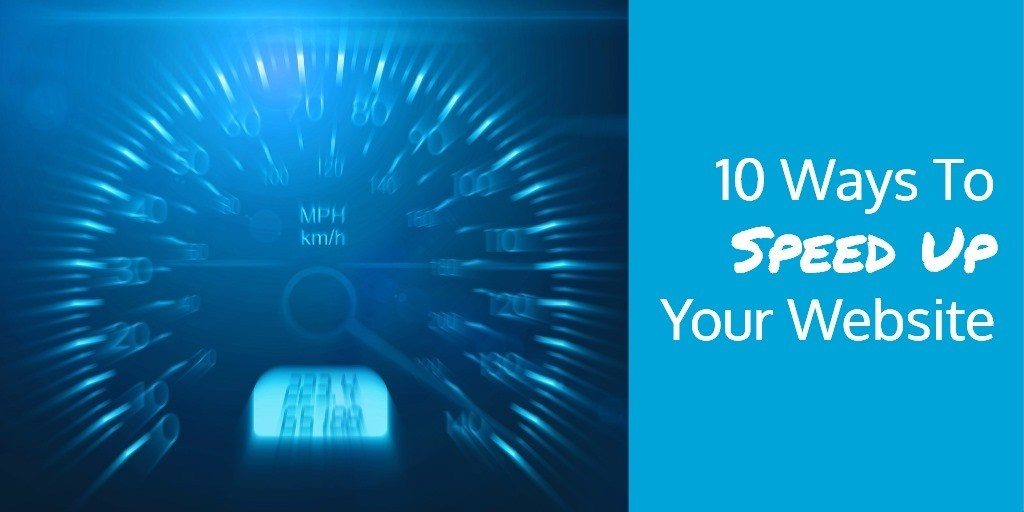A slow-loading website can put off potential customers before they even get to know your company and its products. Users expect pages to load within seconds, regardless of whether they are browsing on mobile or desktop. Conversion is key, so to improve your chances you must ensure that your website runs quickly. In this guide, IT Support specialists Syntax outline some ways to speed up your website and provide a better user experience.
- Reduce HTTP requests
HTTP requests are requests sent from your computer to a web server to load files such as images, text and video. Downloading the components on a page takes longer if the website is cluttered and forces the user to make a lot of HTTP requests, so the key to a faster website is reducing these. You could simplify your site by taking out unnecessary files, but there are also ways to maintain rich content while achieving faster response times. One method is to combine all scripts into a single script to make files load more quickly. You can also use image maps to combine images and improve download speeds.
- Compress and scale images
You should make all images on your website internet friendly to improve speed. Google offer a built-in plugin to test page speed which you can use to identify and compress the images slowing down your site. Replace all necessary images and ensure that your replacements are the right size, as this will prevent image resizing during loading and stop your page from lagging.
- Enable caching
Page caching is the storage of static files on web pages, which speeds up websites for repeat visitors. The database doesn’t have to retrieve every file upon request so load times are reduced. You should enable browser caching by locating your .htaccess file within your HTTP headers and adding in specific code.
- Reduce the number of plugins in use
Plugins can open your site up to security vulnerabilities and can also slow your site performance by creating unnecessary extra files. Limit the number of plugins you use, avoiding them altogether where possible. You should also review your plugin use every so often so you can delete those you don’t use or replace them with better alternatives.
- Reduce code clutter
Unnecessary code may accumulate on your website and slow it down, so one way to improve speed is to clear out this excess. Browser extensions and software are available to identify unproductive code for you and remove it to improve site performance.
- Use CSS sprites
We mentioned image maps earlier, but you can also use CSS sprites to combine images and optimise your site. If a page contains several small images it will be slow to load, so you can combine background images into one large image using CSS. There are a variety of online tools available to help you do this.
- Track your page speeds
Doing all you can to speed up your site is great, but how will you know it’s working if you don’t track your page speeds? Use Google Analytics to track the speed of your website and monitor the success of any changes you’ve made.
A fast loading website means a better experience for all users and is also good for search engine optimisation (SEO). Slow websites rank lower in search engine results, so that site you’ve worked so hard on might never be seen by potential customers if download speeds are poor. Improve your chances of getting visitors and converting leads by using these tips.


 Should You Floss
Should You Floss